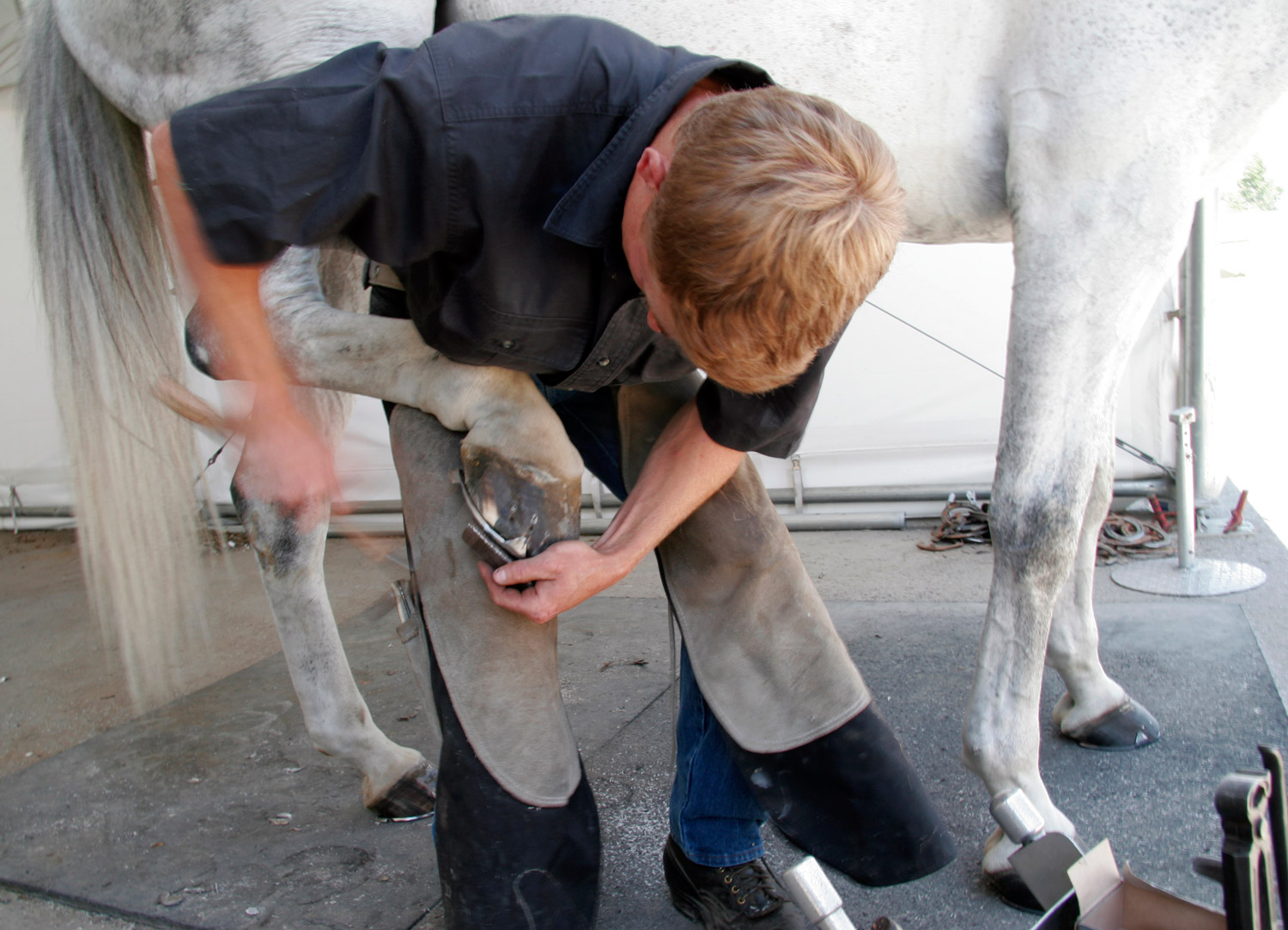
Borrowing horses in any capacity carries risks. How should you best address this issue as the owner of the property or boarding facility or as the person loaning or borrowing the horse?
1. What are the potential liabilities?
Let’s consider a simple, but common, occurrence. A friend is given permission to ride the horse of one of your boarders. You as the property owner have all the liability releases signed by the “friend,” and he/she understands your property rules.
Now let’s change and say that you are the friend, and you have permission to ride a horse at a boarding farm. During one of your rides the horse loses a shoe. You’re far from the stable and continue the ride without the shoe. The horse develops a hoof abscess and, later, laminitis. The horse is ultimately euthanized.
Was it your fault the horse lost its shoe? Was it your fault the abscess developed? Was the laminitis directly related to the lost shoe or your decision to ride the horse extra miles? Did your conduct worsen the condition? If so, you could be potentially liable for the fair market value of the horse if and when it was euthanized.
RULE 1: Consider and identify risk and liability exposures before the swap.
2. What is each party’s expectations?
Accidents happen. Talk about these issues before letting a friend ride a horse or riding a friend’s horse. Clarify each party’s expectations. This allows everyone to reflectively address how a “worst case” situation would be handled. If it’s clear the owner expects the borrower to take full responsibility for any and all events occurring while the horse is in a friend’s care, then the borrower can either address what he or she is willing to do, or alternatively, just not borrow the horse.
RULE 2: Define each party’s expectations and agreements.
3. Reduce your understanding to writing
Once steps 1 and 2 have been completed, reduce the agreement to writing. The final document is an effective tool in illustrating and correcting any final misunderstandings. The written document can be as simple as an email outlining the parties’ agreements and confirmed by return email, so long as all parties have noted their agreement.
RULE 3: Put it in writing.
© Denise E. Farris, Esq. Perry & Trent LLC. (April 2, 2018). This article may not be reprinted or reproduced in any manner without the consent of the author. Contact: Denise Farris, Perry& Trent, LLC. 13100 Kansas Avenue, Suite C, Bonner Springs, KS. Ph: 913-441-3411. denise@perrytrent.com.
This article provides general coverage of its subject area. It is provided free, with the understanding that the author, publisher and/or publication does not intend this article to be viewed as rendering legal advice or service. If legal advice is sought or required, the services of a competent professional in your state should be sought. The publisher and editor shall not be responsible for any damages resulting from any error, inaccuracy or omission contained in this publication.


